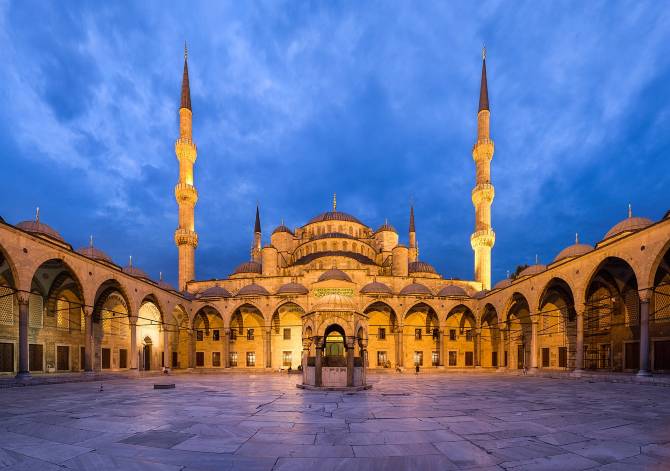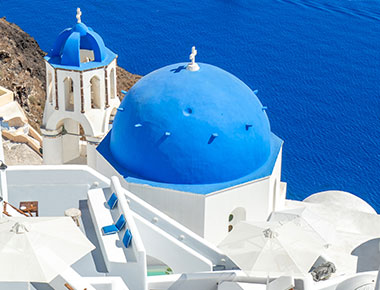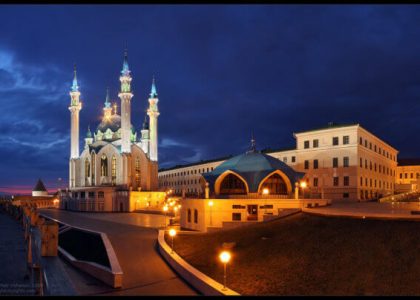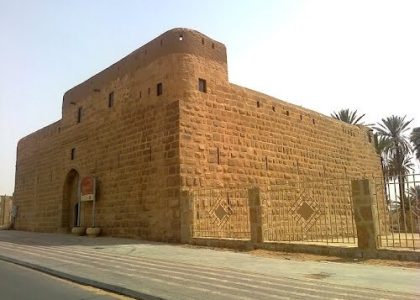Istanbul, historically known as Byzantium and later Constantinople, has a rich and diverse history that spans over two millennia. Situated at the crossroads of Europe and Asia, the city has been a witness to numerous civilizations, empires, and cultural transformations.
The origins of Istanbul date back to ancient times when it was founded as Byzantium by the Greeks around 660 BCE. The city’s strategic location on the Bosporus Strait made it a key point for trade and military control. In 330 CE, Roman Emperor Constantine the Great chose Byzantium as the new capital of the Roman Empire, renaming it Constantinople. The city became the center of the Eastern Roman Empire, or the Byzantine Empire, for over a millennium.
During the medieval period, Constantinople was a thriving metropolis known for its wealth, architectural marvels, and cultural achievements. However, in 1453, the Ottoman Turks, led by Mehmed II, successfully conquered Constantinople, marking the end of the Byzantine Empire. The Hagia Sophia, a symbol of Byzantine grandeur, was converted into a mosque.
Under Ottoman rule, Istanbul flourished as the capital of the Ottoman Empire. The city became a melting pot of diverse cultures, as the Ottomans integrated elements from various civilizations into their own. Istanbul served as a vital trade hub, connecting the East and West. The Ottoman era saw the construction of iconic landmarks such as the Topkapi Palace and the Blue Mosque.
In the early 20th century, as the Ottoman Empire collapsed, Istanbul became the capital of the Republic of Turkey in 1923 under the leadership of Mustafa Kemal Atatürk. The capital was later moved to Ankara, but Istanbul retained its significance as Turkey’s economic, cultural, and historical heart. The city underwent modernization and urban development, blending its rich past with a more contemporary identity.
Throughout its history, Istanbul has faced challenges, including invasions, earthquakes, and political changes. The city has always proven resilient, adapting to new circumstances while preserving its unique character. Today, Istanbul is a vibrant metropolis that straddles two continents, offering a captivating blend of ancient and modern elements.
The city’s skyline is adorned with minarets and domes alongside modern skyscrapers, reflecting its dynamic character. The Bosporus remains a crucial waterway, dividing the European and Asian sides of the city. Istanbul’s cultural heritage is showcased in its museums, bazaars, and historic neighborhoods.
In recent years, Istanbul has faced urbanization challenges, including issues of congestion and preserving its historic character. However, ongoing efforts are being made to balance development with the conservation of the city’s rich architectural and cultural heritage.
In conclusion, Istanbul’s history is a tapestry woven with threads of ancient Greek, Roman, Byzantine, and Ottoman influences. Its journey from Byzantium to Constantinople and eventually Istanbul reflects the ebb and flow of civilizations, making the city a living testament to the passage of time and the resilience of human endeavors.










